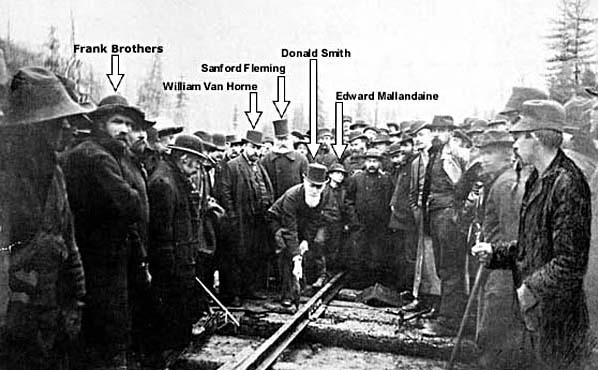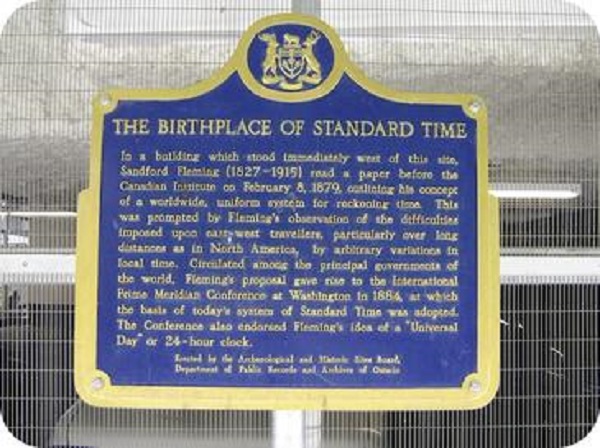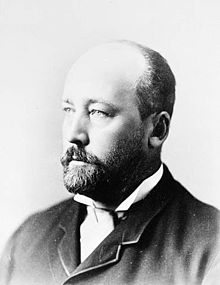
| WWT Shows | CLICK TO: Join and Support Internet Horology Club 185™ | IHC185™ Forums |

|
• Check Out Our... • • TWO Book Offer! • |
Welcome Aboard IHC185™  Internet Horology Club 185
Internet Horology Club 185  IHC185™ Discussion Site Main Page
IHC185™ Discussion Site Main Page  Interesting Horologically Based Stories
Interesting Horologically Based Stories  "The Time Zone"... STORIES
"The Time Zone"... STORIES  On November 18, 1883, America’s railroads began using a standard time
On November 18, 1883, America’s railroads began using a standard time
 Internet Horology Club 185
Internet Horology Club 185  IHC185™ Discussion Site Main Page
IHC185™ Discussion Site Main Page  Interesting Horologically Based Stories
Interesting Horologically Based Stories  "The Time Zone"... STORIES
"The Time Zone"... STORIES  On November 18, 1883, America’s railroads began using a standard time
On November 18, 1883, America’s railroads began using a standard timeGo  | New Topic  | Find-Or-Search  | Notify  | Tools  | Reply to Post  |  |
| IHC Member 1725 |
On November 18, 1883, America’s railroads began using a standard time Interesting information regarding RR standard time. Standard Time | ||
|
| Railway Historian IHC Life Member Site Moderator |
The Standard Time Zones were invented by Scottish Canadian Sir Sanford Fleming (in tallest hat) is behind Donald Smith who is driving the last spike on the Canadian Pacific Railway at Craigellachie, on November 7, 1885. A plaque in Toronto Birthplace of Standard Time.  | |||
|
| Railway Historian IHC Life Member Site Moderator |
Plaque in Toronto commemorating Standard Time, and Sir Sandford Fleming  | |||
|
| IHC Member 2030 |
Superb as usual Larry The bw photo is a joy I have seen this before Do you have stories of the others in the picture? Thanks | |||
|
| Railway Historian IHC Life Member Site Moderator |
Donald Alexander Smith, 1st Baron Strathcona and Mount Royal (Born August 6, 1821 died January 21, 1914), was a Scottish born Canadian businessman who became one of the British Empire's foremost builders and philanthropists. He became commissioner, governor and principal shareholder of the Hudson's Bay Company. He was president of the Bank of Montréal and with his first cousin Lord Mount Stephen, co-founded the Canadian Pacific Railway. He was elected to the Legislative Assembly of Manitoba and afterwards represented Montréal and the House of Commons of Canada. He was Canadian High Commissioner to the United Kingdom from 1896 to 1914. He was chairman of Burmah Oil and the Anglo-Persian Oil Company. He was chancellor of McGill University (1889-1914) and Aberdeen University. In May 1879, Smith became a director in the St. Paul, Minneapolis and Manitoba Railway Company, having control over 20% of its shares. He was subsequently a leading figure in the creation of the Canadian Pacific Railway. Although he was not appointed as a director of the organization. Until 1883 because of his lingering animosity with Sir John A. Macdonald (who had again become Prime Minister in 1878) during his tenure on the board Smith had the honour of driving the last spike, on November 7, 1885, at Craigellachie, British Columbia to complete the construction of of the Canadian Pacific Railway rail line. Smith remained on the Board of Directors for several years, although he was bypassed for the companies presidency in 1888 in favour of William Cornelius Van Horne  | |||
|
| IHC Member 2241 |
| |||
|
| Railway Historian IHC Life Member Site Moderator |
William Cornelius Van Horne was born February 3, 1843 near Frankfort, Illinois, he died September 11, 1915 (age 72) Montréal Québec, Canada. At the age of 14, Van Horne begin working on railroads, serving in various capacities of the Illinois Central Railroad until 1864. He went on to work for the Chicago and Alton Railway, serving as Gen. Superintendent from 1878 – 1879. In 1882 he was appointed general manager of the Canadian Pacific Roadway, becoming its vice president in 1884, and president in 1888. He is most famous for overseeing the major construction of the first Canadian transcontinental railway. A project that, under his leadership, was completed under half the projected time. Van Horne considered the railway an integrated communications and transportation system and convinced the directors and shareholders to create a telegraph service and express freight delivery service as a complement to the railway. Van Horne was knowledgeable in nearly every element of the railway industry, including operating a locomotive. He was responsible for launching the sea transport division the Canadian Pacific Railway, inaugurating a regular service between Vancouver and Hong Kong in 1891 on the Empress luxury liners. He also presiding over the expansion of the CPR into the luxury hotel business and participated in the design of of two of the famous buildings in the chain the Château Frontenac in Québec City and the Château Lake Louise in Alberta. Sir William purchased and enlarged a house in 1889 later known as the Van Horne Mansion in Montréal, Québec. VanHorn served as the governor of McGill University from 1895 – 1915 and was one of the first in Canada to acquire artworks by members of the French impressionist movement. He was himself a painter with his surviving works now residing in museums such as the Montréal Museum of Fine Art. His other talents included sculpture, architecture, playing the violin, fossil collection, farming, botany, and gardening. Following Van Horn's death at the Royal Victoria Hospital, in Montréal Québec in 1915 at the age of 72, his remains were interred at Oakwood Cemetery in Joliet, Illinois. Van Horne was made an honorary Knight Commander of the Order of St. Michael and St. George in Queen Victoria's 1894 Birthday Honours though, as an American citizen, was technically not entitled to the prefix "Sir". Nonetheless it was thereafter addressed as Sir William. The Van Horne Institute, based in Calgary Alberta, is affiliated with the University of Calgary, Athabasca University and the University of Alberta and conducts research and policy studies related to all things carriage related, including rail, air, shipping and road transportation, pipelines, electricity and information networks.  | |||
|
| Railway Historian IHC Life Member Site Moderator |
The circumstance of the CPR's last ceremony led several spikes to assume the honour of being the "last spike" in contrast to the ceremonial gold or silver final spikes often used to mark the completion of other major railroads, the CPR's "Last Spike" was a conventional iron spike identical to many others used in the construction of the line. A silver spike had been created for the Governor General Henry Petty Fitzmaurice, 5th Marquis of Lansdowne, who was to be present at the ceremony but was forced, due to poor weather, to return with the spike to Ottawa, Ontario. The silver spike remained with the Van Horne family until 2012 where they donated it, along with other artifacts, to the Canadian Museum of Civilization in Gatineau, Québec. The symbolic iron spike driven by Donald Smith was badly bent as he pounded into the railway tie. Roadmaster Frank Brothers extracted the spike and it was given to Smith as the "last spike" Smith had the bent spike straightened and got it cut into several strips of iron from which it was mounted with diamonds and presented to the wives of some of party assembled at Craigellachie. This spike was later donated to the Canada Science and Technology Museum in Ottawa. So this answers all the questions about the named people, in the last spike ceremony. | |||
|
| Powered by Social Strata |
| Your request is being processed... |
|
Welcome Aboard IHC185™  Internet Horology Club 185
Internet Horology Club 185  IHC185™ Discussion Site Main Page
IHC185™ Discussion Site Main Page  Interesting Horologically Based Stories
Interesting Horologically Based Stories  "The Time Zone"... STORIES
"The Time Zone"... STORIES  On November 18, 1883, America’s railroads began using a standard time
On November 18, 1883, America’s railroads began using a standard time
 Internet Horology Club 185
Internet Horology Club 185  IHC185™ Discussion Site Main Page
IHC185™ Discussion Site Main Page  Interesting Horologically Based Stories
Interesting Horologically Based Stories  "The Time Zone"... STORIES
"The Time Zone"... STORIES  On November 18, 1883, America’s railroads began using a standard time
On November 18, 1883, America’s railroads began using a standard time©2002-2025 Internet Horology Club 185™ - Lindell V. Riddle President - All Rights Reserved Worldwide

